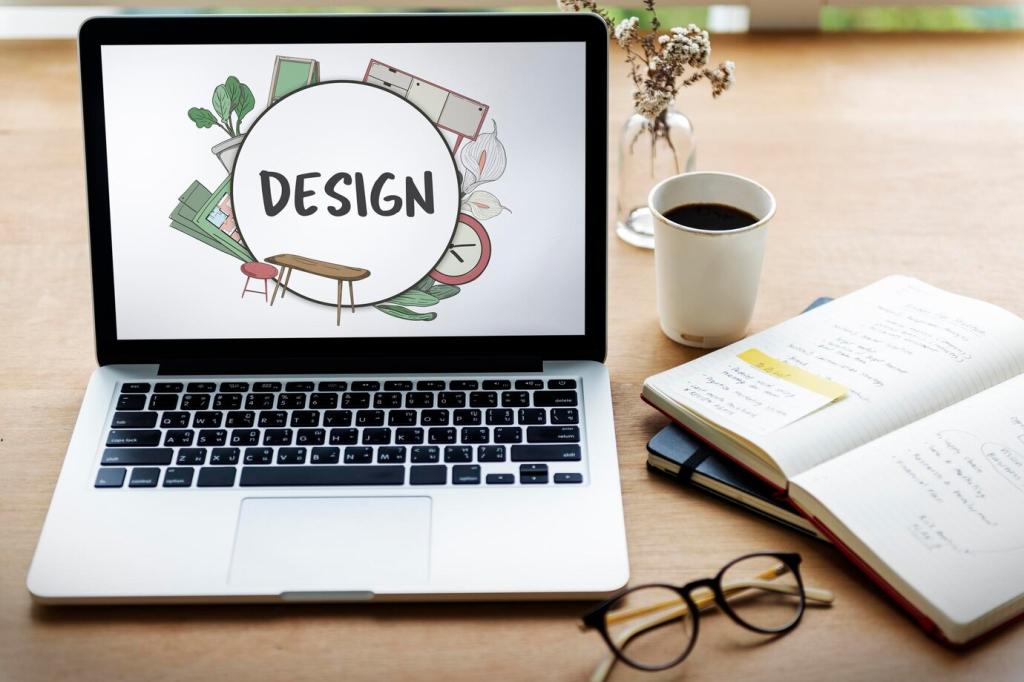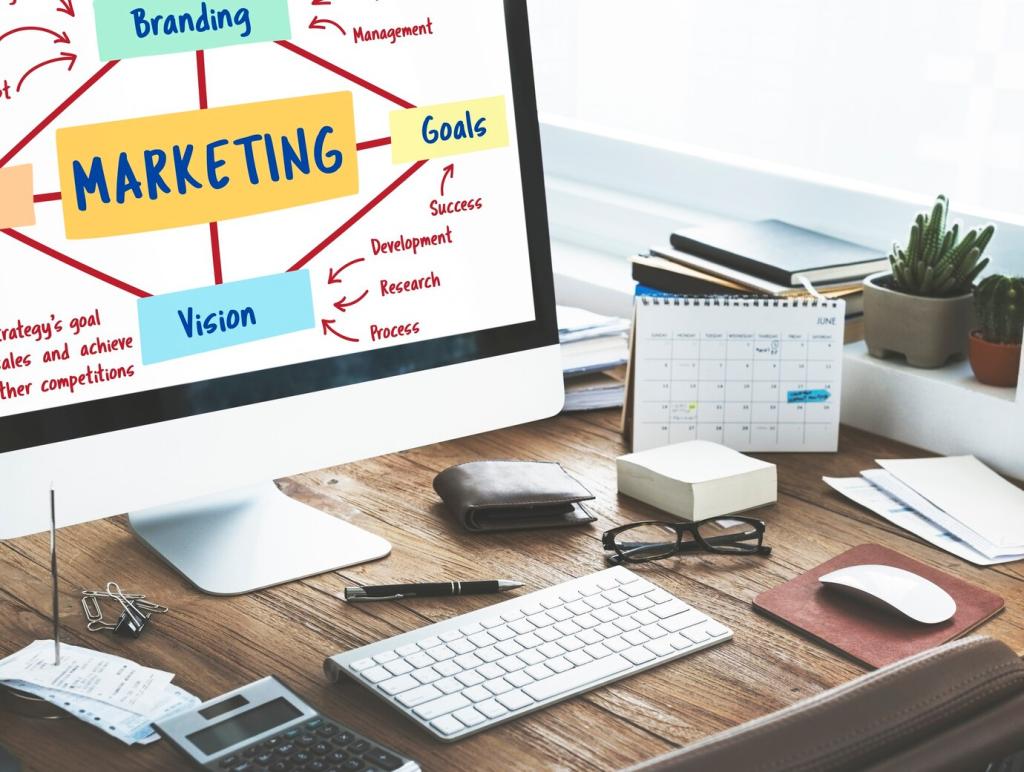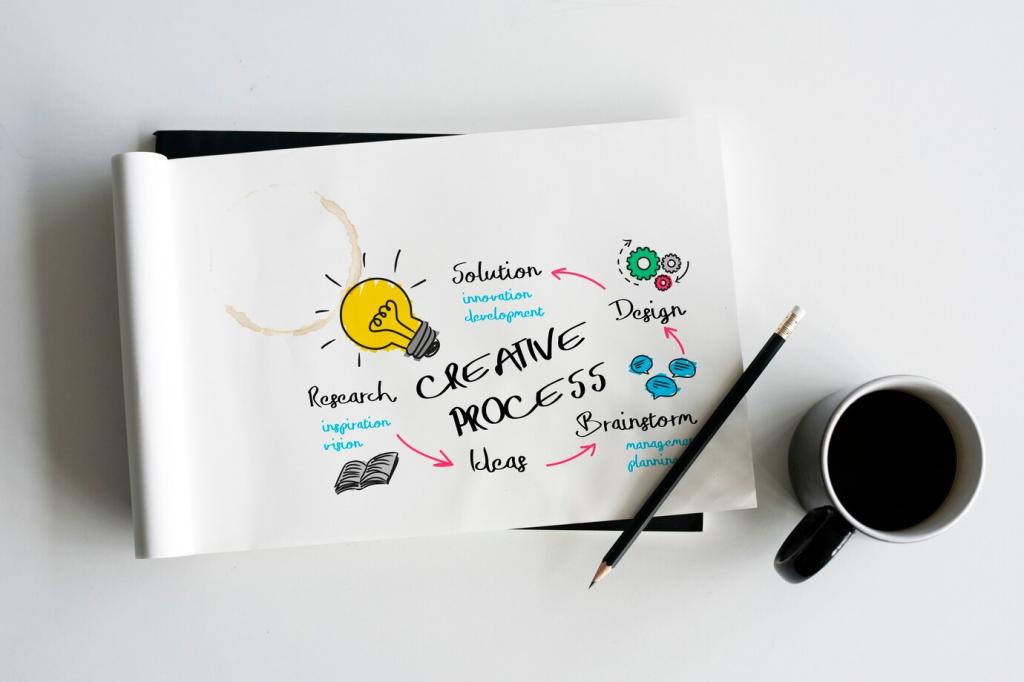Case Studies: Successful Interior Design Copywriting
Chosen theme: Case Studies: Successful Interior Design Copywriting. Step inside a gallery of stories where words reframe rooms, clarify value, and turn quiet portfolios into busy project calendars. Explore how precise language, sensory detail, and strategic structure helped designers win dream clients, land press mentions, and grow meaningful engagement. Subscribe to stay close to new case studies and share the copy moments that moved you.

Turning a Floor Plan into a Plot
When copy introduces a home like a protagonist, readers follow a narrative arc: arrival, transformation, reveal. In our projects, this structure helped prospects visualize life within a design—how breakfast light hits marble, where guests gather, and why the client’s routine finally feels effortless.

From Moodboard to Message
Designers often know the emotion they seek—calm, grounded, luminous—but struggle to phrase it for buyers. Translating moodboards into language anchored by texture, light, and function reliably reduces confusion, shortens sales cycles, and helps clients hear themselves in the copy.

Case Study: Boutique Loft Studio Website Redesign
Traffic trickled in from Instagram, but visitors bounced quickly. The portfolio was beautiful yet silent; project pages lacked context, and services felt vague. The founders wanted leads who understood custom work, budgets, and timelines before the first email.
Case Study: Hospitality Interiors Thought Leadership and SEO
Positioning Strategy
We built a voice that married romance and operations—guest emotion meets back-of-house realities. Articles opened with traveler moments, then moved into circulation, durability, and maintenance. This balance established credibility with owners and charmed design-forward readers.
Keyword and Content Architecture
Clusters targeted intent-rich phrases like “hotel lobby wayfinding design” and “acoustic materials for restaurants.” We paired pillar pages with deep dives, each article ending in field-ready checklists. Internal links guided owners from inspiration to budget-aligned consultation.
Results and Lessons
Organic traffic grew 128% in five months; three posts ranked top three for competitive terms. Beyond metrics, owners referenced articles during calls, skipping basic questions. Comment if you want templates for intent mapping we used to guide this editorial plan.
Case Study: Product Storytelling for a Décor E‑Commerce Line
Short specs and lofty adjectives left gaps. Shoppers wanted scale, feel, maintenance, and styling context. Returns stemmed from misunderstood finishes and sizes, costing time and trust during peak seasons when margins mattered most.
We grounded descriptions in hand-feel, light behavior, and pairing advice. Drop heights translated to dining scenarios; fabric weave explained drape and longevity. Microcopy near the cart preempted questions about patina, dimmer compatibility, and care.
Product pages saw a 27% uplift in add-to-cart and a noticeable drop in returns on oversized fixtures. Customers shared photos that mirrored our styling tips, signaling confidence. Want our checklist for describing materials without jargon? Subscribe and reply with “materials.”

Case Study: Email Journey for a Sustainable Materials Studio
Designers wanted data they could pass to clients—certifications, off-gassing timelines, maintenance cycles—wrapped in compelling narratives. They also craved visuals that felt editorial, not preachy, along with language to justify premiums in their proposals.


Case Study: Email Journey for a Sustainable Materials Studio
A five-email sequence followed a slab’s journey: origin, reclamation, refinement, and installation. We anchored each email with a human element—a quarry worker’s hands, a homeowner’s relief—plus spec sheets linked as secondary detail for quick reference.
Tone and Rhythm
We wrote like the rooms felt—spare, precise, warm. Short lines carried strong verbs; pauses served as white space. Every caption paired a tactile detail with a practical promise, nudging viewers toward saves rather than quick likes.
Format Experiments
Carousel leads framed problems clients whisper about—cord clutter, echo, glare—followed by elegant fixes. Reel scripts emphasized hands and materials over faces, with on-screen microcopy guiding attention beyond trends to timeless decisions that endure years of use.
Patterns Across Successful Interior Design Copywriting
Numbers, textures, and behaviors beat adjectives every time. Speak to light angles, cleaning time, echo reduction, and circulation. Specifics show respect for budgets and daily life, helping clients trust both the process and the promise.
Patterns Across Successful Interior Design Copywriting
A gentle arc—problem, approach, outcome—lets readers imagine themselves inside a project. Clear signposts reduce overwhelm, making complex renovations feel navigable. We see higher completion rates whenever structure holds the reader’s hand without condescension.
Patterns Across Successful Interior Design Copywriting
CTAs that ask for reflection—“Which room exhausts you most?”—spark richer replies than “Contact us.” If this theme resonates, subscribe for the next case study and drop a line about a page you want copy-tested.
